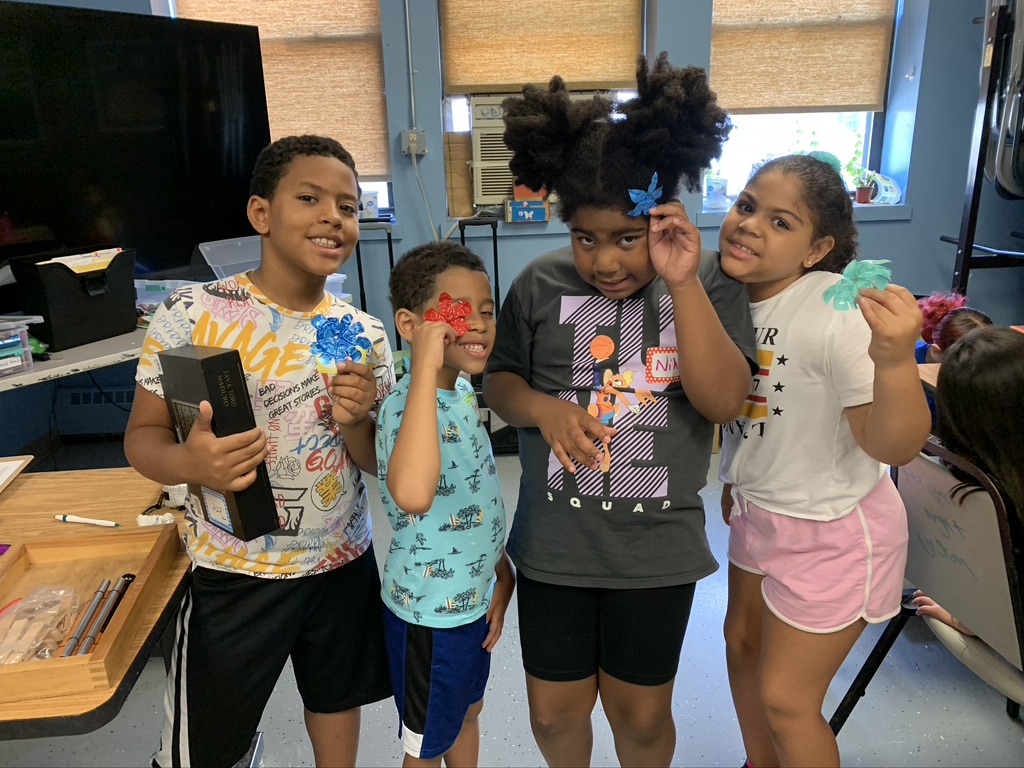In this creative learning fun class. Students will have fun by putting together and designing puppets. To strength their imagination, and empower them to be creative. They will also give back to the community by going to those who are in need to give them hope and joy.
 Collaborative reading and writing and performing plays using the puppets students make literacy skills come alive!
Collaborative reading and writing and performing plays using the puppets students make literacy skills come alive!
Integrating crafts and Kindness Cards that are given to local senior citizens and hospitalized children, connect students to the wider community and provide a greater sense of meaning.
Students participate in reading an illustrated children’s story followed by a class discussion about a variety of social and emotional concepts:
- kindness
- feelings
- positive thinking
- perseverance
- acceptance
- empathy
- diversity
This arts-based, literacy experience is funded and supported by donors. The experience is tailored for students attending grades 2-5 or grades 6-8 and applies their learning during a three-day intensive program or multi-week learning session.
Trash to Treasure
In Trash-To-Treasure, students learn about the important of reduce, reuse and recycling. This is an engaging activity where they read and create stories and work with others. This environmental education course, they learn about the Earth and how the students can put a positive carbon footprint. So, that the Earth doesn’t become like Wall-E.

Students read and write stories, engage in discussions, and collaborate on fun, hands-on art projects with environmental themes including:
- The importance of recycling, reusing, and repurposing materials. The trash-to-treasure outcome was established to learn the importance of recycling in our environment how their everyday choices impact the planet and how we can leave a positive human footprint.
- In the past, 95% of students were proud of the artwork they made, and 30% said they would be more likely to recycle at home. Trash to Treasures is a 6-9 hour program art education program designed to build self-esteem, over a period of 3 days or over several weeks. It can include field trips depending on funding.
- They also learn how to use special hand tools to upcycle cans and bottles into colorful artwork that make a statement about resourcefulness. In this art education program, children make individual pieces of artwork as well as contribute to a public art installation highlighting recycled materials.
Student Experience
TEF collected the following statistics through student feedback
- 68 % agreed reading books together in class made them want to read more.
- 46 % claimed to read more than usual with their parents at home.
- 82 % felt their reading improved as a result of the program.
- 69 % saw other students being more caring as a result of the program.
- 95 % were proud of the artwork they made
- 30 % said they would be more likely to recycle at home
Expected outcomes
Social / Emotional Development
- Introduce their social-emotional skills (SEL) that embrace art as an avenue for growth and sharing
- Develop age appropriate SEL skills to understand and manage their emotions
- Improve ability to openly and clearly share thoughts and feelings
- Develop mindfulness skills to decrease stress and anxiety
- Develop greater empathy for others by relating to stories and guided readings
- Establish and maintain positive relationships
Programs are flexible. TEF offers one-time programming or weekly programming that is adaptable for students K-8. Pricing is negotiated based on the number of students served, duration of programming, and other variables.
Meets Common Core Standards
Speaking and Listening
Comprehension and Collaboration
Recount, determine and describe main ideas and supporting details from a text read aloud or information presented orally or through other media.
Follow agreed-upon rules for discussions (e.g., gaining the floor in respectful ways, listening to others with care, speaking one at a time).
Presentation of Knowledge and Ideas
Describe people, places, things, and events with relevant details, expressing ideas and feelings clearly; speak clearly at an understandable pace.
Reading Standards for Literature
Key Ideas and Details:
Describe characters in a story (e.g., their traits, motivations, or feelings) and explain how their actions contribute to the sequence of events.
Craft and Structure
Identify words and phrases in stories or poems that suggest feelings or appeal to the senses.”
Acknowledge differences in the points of view of characters, including by speaking in a different voice for each character when reading dialogue aloud.
Upcoming Events
There are no Reading Adventures programs open for registration at this time.
